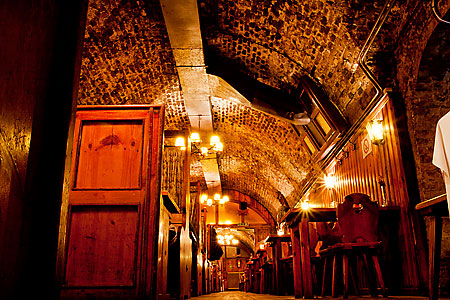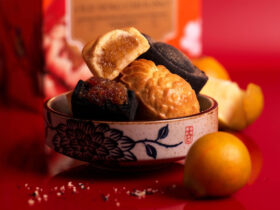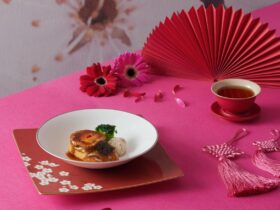
Food photography is great way to improve your blog. Naturally, the better the photos, the higher the quality of the post. Here are some tips
By Guinevere Sofer
Blogging is the modern day diary. Legions of young people post their views and experiences on their personal blogs, hoping to either keep a record of their thoughts or, more popularly and profitably, attract an audience.
One of the easiest ways to add content to your blog is to write about food, but quality is important.
Do you need better photos?
A picture is worth a thousand words. It cannot be truer for photography. You will need to write a thousand words and invent new adjectives just to describe what one good photo can do.
Still, it’s horrendous the kind of shoddy pictures that bloggers are using for their posts. A beautiful dish poorly photographed will attract very little attention, while a nice photo will be visually appealing, enticing and more memorable.
Using the right equipment
Just as a chef uses the right equipment, a blogger may want to use at least a compact digital camera.
For the sake of convenience, most people tend to use their smartphones to take a picture. However, if quality is important, then a compact digital camera will do much better.

Capturing the details of the food
Cameras on phones have smaller lenses and chips than comparable digital compact cameras. These are the two most important factors which contribute to the ability to capture details.
On a compact digital camera, the lens is larger, allowing more details such as the marbling of aged Wagyu beef, or the flecks of oregano on a fillet of sea bass to reach the imaging chip.
The larger imaging chip in a compact digital camera can then record the minute details and subtle tonality of the food. It is the details that allow the eye to ‘taste’ the dish.

Compact digital cameras have better low-light performance
Most restaurants have mood lighting – low-light conditions. If you only carry a phone camera, the photos taken under these conditions will be very “grainy” and very low in contrast. For a blogger, this is a cardinal sin.
Fortunately, a compact digital camera performs better. It will be able to render the tones and shadow areas more smoothly. And, as an added bonus, you can reduce shutter speed to allow more light in, therefore making the image appear brighter.
Getting in real close to your food
Another way to capture your food in an interesting manner is to get up close. Avoid the brim of the dish, the dinnerware, the background of the restaurant and get into the heart of the dish.
Using the macro function, a fancy term for extreme close-up, focus on the gravy and textures. This is a very powerful way to give your readers a strong sense of the actual food served, and let them ‘taste’ it with their eyes.
If that happens, then you know you’ve got your readers hooked even before a single one word is posted.
ADVERTISEMENTS








